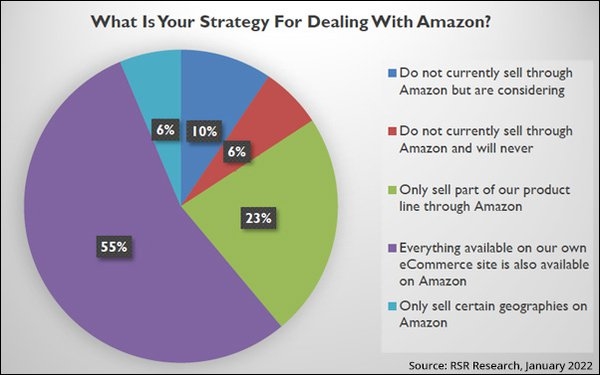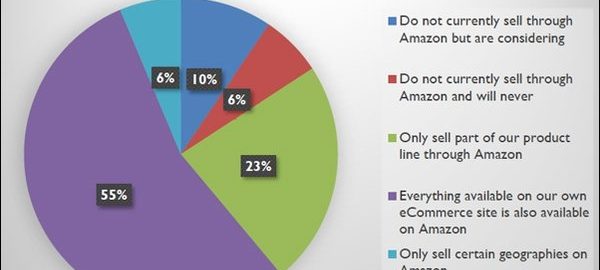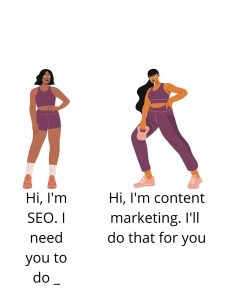83% Of Retail Customers Increased Interactions With Amazon In Past Year, Survey Finds

Retailers have leaned on search engines to reach consumers for years, but despite all the spending, the vast majority participating in a report released today by RSR Research and Coveo say they do not get the returns they hoped to see.
Nearly one in three retailers with the highest sales performance say they spend too much on search engine marketing and optimization efforts to garner new prospects, with the remainder most likely to say they are spending slightly too much.
The research examines this and other business challenges. One lingering major challenge, consumers are less likely to begin their buying journeys with retail sites. When asked where consumers begin their shopping journeys, 34% cited Amazon as the top destination.
Some 28% cited their brand’s website, while 23% named Google Search, 10% said manufacturer’s website, 3% cited affiliates, and 1% cited either social media or other search engines like DuckDuckGo or Bing and Yahoo.
Some 55% of retailers said everything available on their own website is also available to purchase on Amazon, compared with 23% that said only part of their product line is sold through Amazon.
RSR Research, and Coveo, which uses artificial intelligence (AI) to support search, recommendations, and personalization across digital, released a report — Customer Acquisition in the Digital Shopping Age — that provides insight into what ecommerce success will look like for retailers in 2022.
Survey participants were asked to identify their priorities for 2022, and provide insight into the strategies believed will have the biggest impact on the bottom line. About 99 retail executives participated in the survey, from brands selling apparel, footwear, consumer goods, general merchandise, and more. The companies have annual revenue ranging from $5 billion to less than $250 million.
What are the most important ecommerce priorities to drive revenue and profitability in 2022?
- 83% cited acquiring new site traffic
- 63% cited increasing repeat purchases and customer retention
- 59% said converting more onsite traffic
- 57% said driving full-price/high-margin purchases
- 55% said cross-selling into other categories/increasing average order value
- 53% cited reducing cart abandonment
- 44% cited reducing return rates
Findings from the report also include:
- 57% said the majority of their customers begin their shopping journey on either Google or Amazon, and 83% of respondents said they have increased their interactions with Amazon over the past 12 months
- 61% said digital experience has become an increasingly important part of their brand, followed by 56% who say their competition is doing a better job acting on customers’ expectations
- 65% of retailers said more personalized offers and promotions are an important opportunity for an improved online shopping experience, and 61% said automatically suggesting relevant product recommendations would improve the online experience.
- Over half of the time, a mere 5% of shoppers log in to retailers’ sites while shopping, most opting to wait until checkout or simply using guest checkout
- 77% of respondents said that they are currently using AI and machine learning for search and product discovery, and 21% said they are planning to do so within 18 months
Ironically, according to the data, 40% of all retailers surveyed use technology five years old or more. Some 77% of respondents use AI or machine learning for search and product discovery, and 21% plan to do so within the next 18 months.
(3)







